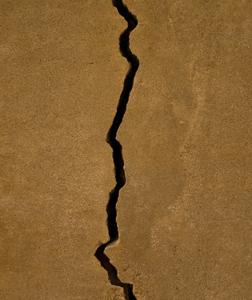By Caroline Jenkins Hanna
 |
Geology Professor Tekla Harms puts the Japan earthquake in perspective.
- “The amount of energy generating earthquakes is pretty constant over both human and geologic time scales,” Harms says. “But how that total energy is partitioned between one earthquake or another, or how it moves one plate boundary versus another, can be variable over space and time.” So while recent years have seen several large, newsworthy earthquakes, “nothing fundamental about how the earth works is changing.”
- Will there ever be a way of predicting that an earthquake is imminent? “This depends on earthquakes having predictable, systematic behavior,” Harms says. “The more we study earthquakes, the less likely this seems.” But scientists know with certainty that places like Japan, California and Haiti, because they lie on plate boundaries, will experience earthquakes large and small. “Armed with that knowledge, governments and communities can decide to make themselves more earthquake-resistant. Whether or not they do so, unfortunately, depends less on scientific understanding than it does on economics and social policies.”
- “We don’t live on a plate boundary in Massachusetts, but there have been earthquakes here recently and there will probably be more in the future,” Harms says. “Experts think some of them are associated with filling the Quabbin Reservoir—the earth’s crust is still adjusting to the addition of the weight of the water there. But they are relatively modest earthquakes.”
Image © istockphoto.com